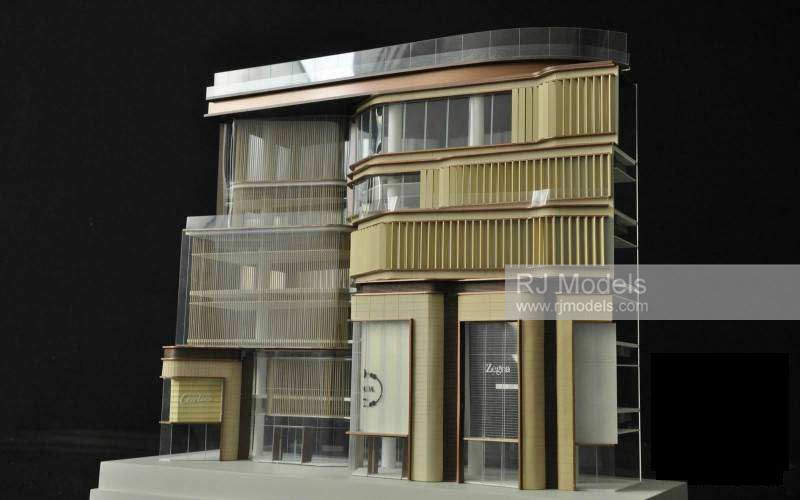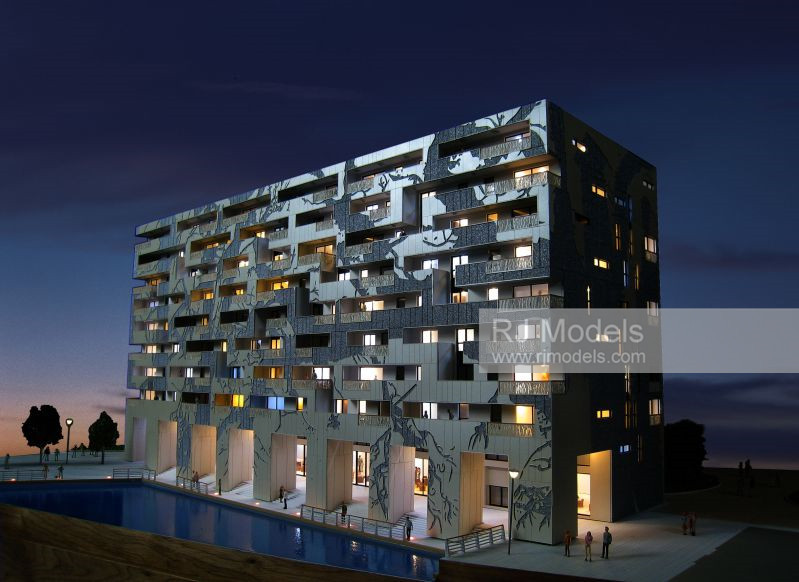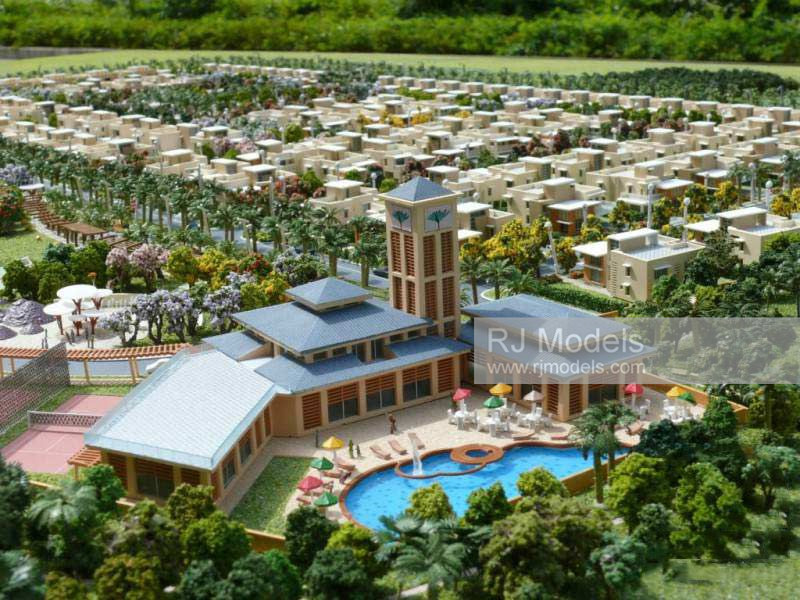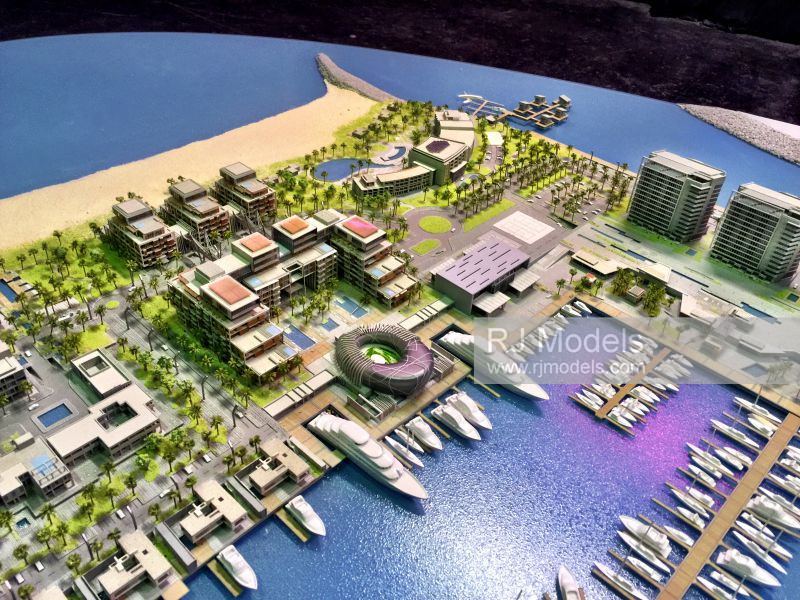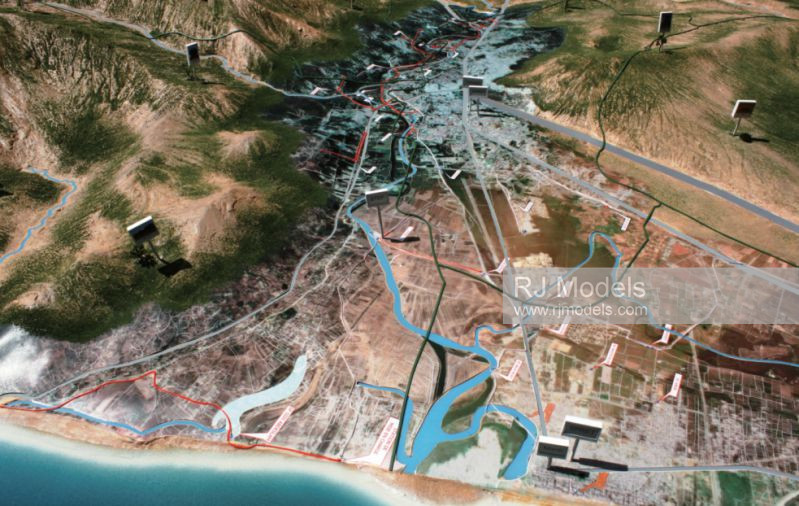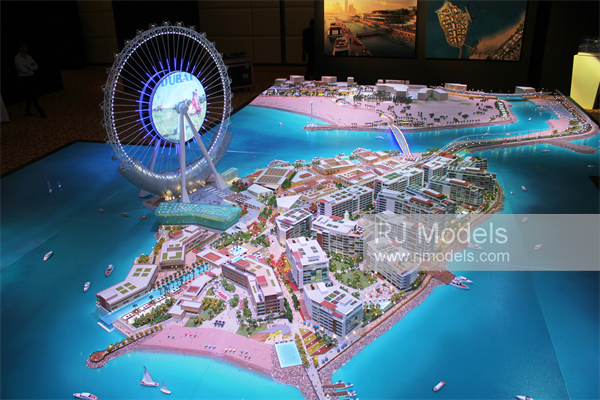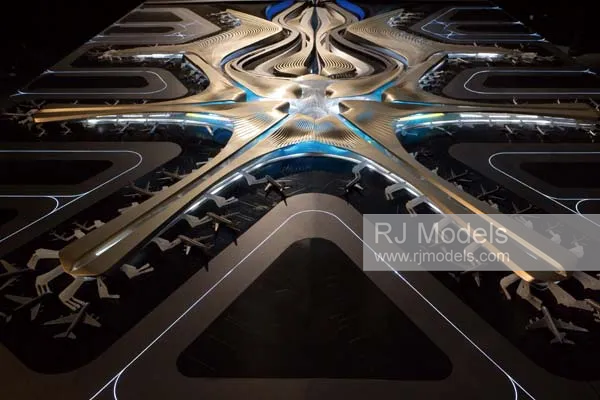Architectural Models: The Ultimate Guide
What is an Architectural Model?
C 1.1: The Definition of Architectural Models
We all know that architects’ skills are key to any project’s success in model making.
But design alone is not the only crucial aspect. Communication during the design process is also essential for the construction project.
Architects must consider how the design will translate from the blueprint to the build.
Thus, 3D physical architectural models can be used to express the architects’ designs.
The luxury architectural 3D model making project-Opus Hong Kong
An architectural model is a 3D physical object that showcases scaled versions of existing or historic buildings.
It is also considered an object of beauty.
C 1.2: The History of Architectural Models
Architectural models have a long and rich history. One of the earliest instances dates back to 4600 BC, when people created fired-clay models of buildings. Initially, these models served as funerary objects rather than tools for representing design ideas.
The earliest known 3D architectural models appeared during the Han dynasty in China. These scale models, made of pottery, imitated wooden pavilions.
As architectural projects grew more complex, 3D architectural models became more common in the 1500s. Over time, they evolved to become more realistic and detailed.
During the Renaissance, architectural models were used to showcase finished designs. A notable example is the model of the Basilica of Saint Mary of the Flower.
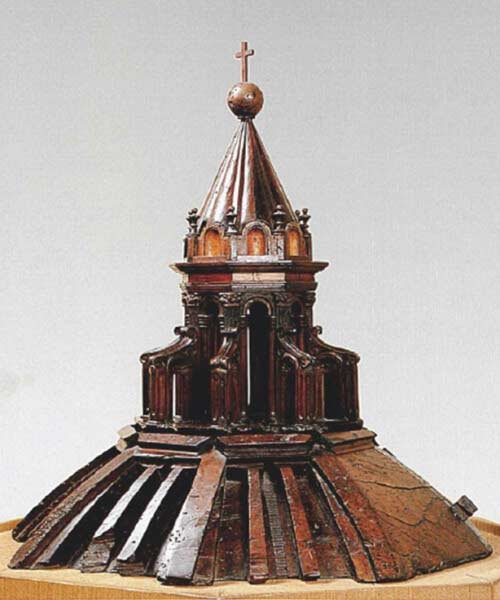
Model of Basilica of Saint Mary of the Flower in 1418
In the twentieth century, architects used conceptual models to show their ideas.
And it became a connection between the fine arts and architecture.
C 1.3: The Evolution of Architectural Models
Architectural models are excellent tools for embodying the designs of projects.
Model makers choose materials to match the facade’s exact details. They craft the interior space to be authentic.
Some model makers create abstract models to showcase unbuildable designs for visionary proposals.
These models fulfill the public’s visual desires, like Kiesler’s Endless House.
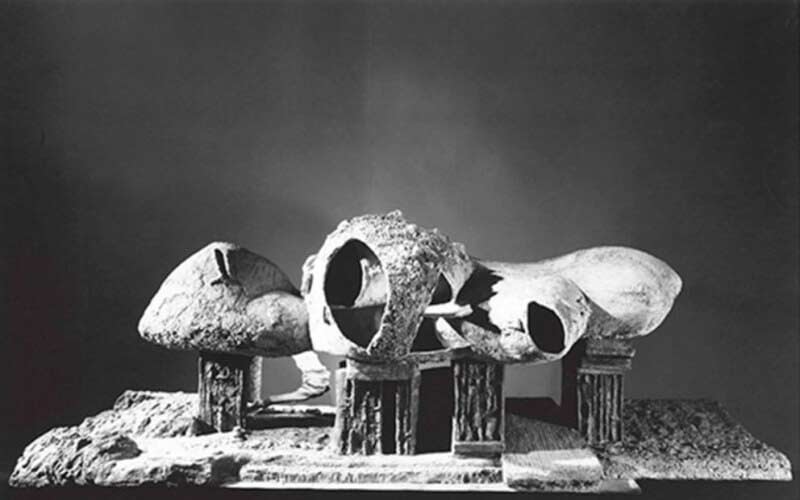
Fredrick Kiesler Endless House in 1959
Nowadays, together with the Computer Aided Design and advanced architectural model software engineering.
For example, laser cutting machines, 3D printing can fabricate high-fidelity models with unparalleled detail and precision.
And we are fabricating architectural models with unparalleled detail and precision.
Architectural models serve as an infectious and expressive art language.
In particular, you can use the presentation models in urban planning and architecture design.
These include the homes, resorts, school model and other public facilities and buildings, etc.
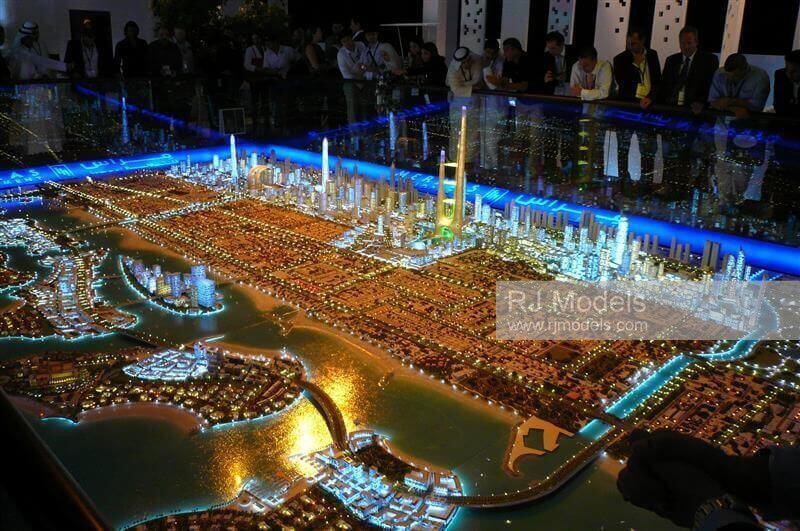
A presentation model can be used in urban planning.
To cope with the rapid development of the construction industry’s diversification, these models show the clients the design features.
For instance, structure, surrounding environment, the illumination and ventilation inside the building.
How to manufacture an architectural model without error is becoming an urgent necessity.
Furthermore, after considering the current global environmental issues and sustainable development.
It is important to develop green technologies, including processing model materials and architectural model-making methods.
The outcomes and the applications of architectural models keep improving and innovating.
This means that architectural creativity will continue to use architectural models.
Functions of Architectural Models
Nowadays, people take architectural model as a bridge between architects’ design ideas to clients to overview.
And it helps to eliminate design flaws before the design being deployed to build.
Moreover, the scale model plays an indispensable role in the planning, fundraising, construction, marketing and sales process of construction projects.
C 2.1: Communication and Overview
Firstly, the model helps you to imagine how the design looks like in reality by visualizing the 2D drawings.
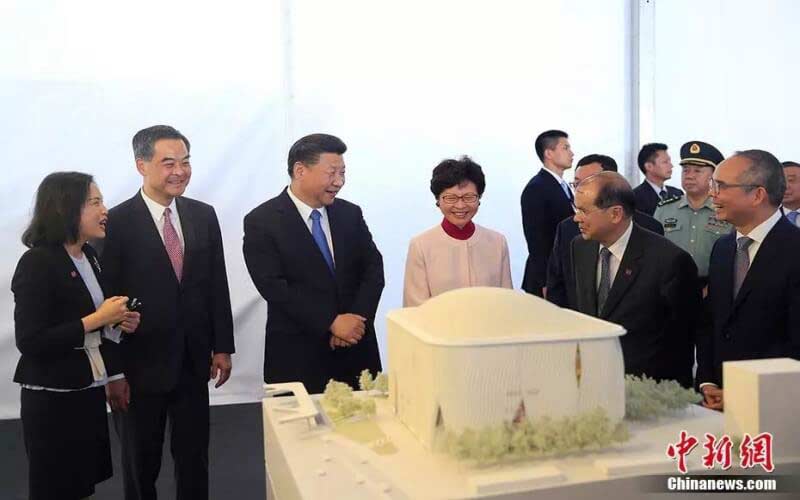
An Architectural Model for communication and overview (Image from internet).
Making architectural models is an efficient way to help the architect communicate.
Because you can make the modifications to the design before the building is taking place to ensure desired results.
C 2.2: Sales and Marketing
Secondly, you can use the architectural model as a sales tool for selling and marketing real estate.
It can show the potential housing purchaser the location of their units and its surroundings.
C 2.3: Public Display and Guidance
You can serve the architectural model as a sitemap for large complex.
For instance, a sitemap for a park to give visitors an idea of how to get to the desired locations.
Besides, local citizens can also enjoy model exhibition.
C 2.4: Fundraising
Having a good architectural model can inspire the investors’ understanding, enthusiasm, and confidence.
C 2.5: Construction Projects Approval and Permits
Specifically, government requires architectural models to ensure whether the certain construction project will be.
And it is cohesive with the local related development plan and the surroundings of the site during the approval process.
It is a perfect way to help to get the construction permit for building projects.
A good architectural model can provide a better understanding of the project.
So, it is easier for the developers to get related approvals.
C 2.6: Abstract and Future Architectural Idea
We know the models for the designs which cannot actually build by using today’s technologies.
But, it may help people to imagine the possibilities in the future.
What are the 3 types of Architectural Design Models?
Generally, nowadays you can categorize architectural models into types according to their uses.
C 3.1: Architectural Models Classified by Uses
C 3.1.1: Conceptual Scale Model
Model makers make the conceptual scale model at the initial architectural design stage to discover the desired shape, sketches.
It is one of the first approaches to design. You can use the conceptual model to analyze the characteristics of the projects.
Such as the spatial layout, ratio, and surrounding environments. And model makers can modifie these models of foam core and cardboard rapidly and simply.
C 3.1.2: Working Scale Models
Working scale models are objects which can assist to find new solutions and show the course of a design project’s development.
And different from conceptual models, model makers take complicated materials like metal, concrete, etc. to make the working models.
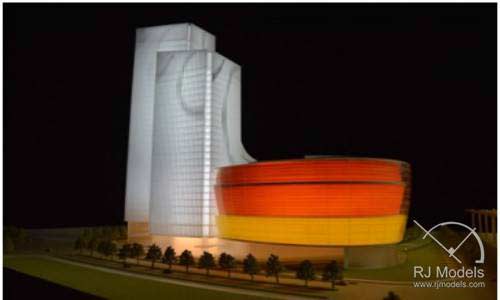
An example of a working model
These models aim to describe detailed shapes, materials and other elements like the building facade.
Furthermore, architects are able to communicate their architectural ideas to the clients by showing working models.
C 3.1.3: Presentation Scale Models
Usually, model makers will make the presentation model which is ranging from town planning to explanation of a Mock-up room.
We usually make these models in detail to give the clients a true reflection of the architectural design.
Particular viewpoints can be addressed by showing the detailed building facade and other elements of the projects.
An Example of the presentation model, Ain Dubai
For example, to bring the model to life, a landscaping model may include a variety of bushes and trees.
Even you can see the actual branches and leaf forms to add to the overall effect.
C 3.2: Architectural Models Classified by Functions
C 3.2.1: Master Plan Model
The present city planning models have two types: Older parts can help people to understand what cities looked like in the past.
Updated parts can provide people a vision of the future. These miniature cities models’ come in different shapes and size.
Most city models are interactive. For example, you can use the touch screencan to control the model.
When you touch the images on the screen, the model will display different lighting zone.
C 3.2.2: Office Building Model
Model maker created the office building model in a high level of detail.
Clients requested to make the model to provide an impressive and realistic representation of a construction project.
Generally, it is used for marketing or building exhibition.
C 3.2.3: Residential Building Model
Residential building models are invaluable tools in the retail world.
Because these can be used for pre-construction approval, building project phasing, design presentation and client approval.
They can provide the potential housing buyer or investors a good understanding of the architectural design.
And the model can show the road and path layout, entrance, building material and the living environment.
Therefore, it is a great tool for the real estate sales office for marketing.
C3.2.4: Villa Model
Model makers usually make villa models in small scale, for example, 1:25, 1:50.
Sometimes, model maker used mechanized components of model for taking the floor levels up and down to show the design.
Basically, it can include the furniture, the lighting fixtures, swimming pools and other amenities. Model makers use the model to illustrate the projects to the potential housing owners and assisting them to sell plots.
C3.2.5: Shopping Mall Model
The primary function of shopping mall models is attracting investments and merchants to settle down. In order to represent commercial atmosphere, the materials used to make retailing models are always matching with the finished design.
Shopping mall model reproduced the interior designs of a shopping mall.
Other components like backlit signage, LED billboards, etc can help to enhance the overall effect of adding to the models.
C 3.2.6: Hotel Model
The main purpose of making a hotel model is to show a vivid image of the hotel’s features.
It can attract investments and potential hotel guests. Model makers create a variation of lighting effect to make a distinction between commercial and residential areas.
So that it can highlight the extraordinary designs.
Architectural model makers replicate all the sophisticated details perfectly.
Components like real water gushing system can produce remarkable effects when it is used to make swimming pools and fountains.
C 3.2.7: Stadium Model
At present, new stadiums are popping up since the sport is becoming increasingly popular.
The stadium model has two main functions. One is expressing the design concept of the stadium.
And the other is displaying the stadium seating plan to the audience. Electric lights and manicured grass are critical when making the stadium models.
C 3.2.8: Theme Park Model
Architectual model maker use the theme park models widely for public display and generate clients’ interest to attract investments.
Theme park model can tell the theme stories which inform and inspire people in an education and entertaining way.
Entertainment facilities like ray speed circuit, startle castle and waterfalls are the key components to make a realistic effect.
C 3.2.9: Museum Model
Moreover, the current design of the museum is tending to be modern and abstract especially its shapes.
In order to reflect these bold design ideas, high-tech and effective technologies and skilled architectural model builders are both indispensables.
In many cities, the museum ofter be as the landmark of the city.
Therefore, the city government requires elaborate and detailed museum model to attract visitors all over the world.
C 3.2.10: Industrial Scale Model
The industrial model demonstrates how the factory operating.
For examples, it includes varies facilities of the manufacturing plant and waste treatment process, etc.
Sometimes, the industrial model requires customized components such as wind turbine and chimney to represent the real conditions.
And adding some landscaping detail, trucks and workers can bring the factory model to life.
C 3.2.11: Shipyard Model
In reality, a shipyard is divided into several working zones according to different types of work in production.
And it includes component fabricating area, preassembling and coating area, assembling area, docking area, etc.
The shipyard model illustrates the whole manufacturing process.
In order to bring the model to life, we created a variety of buildings types, shipbuilding facilities.
Sometimes, model maker will produce the lights and other details such as a wide range of ships and cranes.
C 3.2.12: Airport Model
In most instances, we create airport model to represent the design in airport architecture competition. And the operation of the airport to the airport authority.
Sometimes, model makers create the airport model for fundraising efforts, community acceptance or private collection as well.
Airport model maker will create the airport model look as realistic as possible.
We create to scale the airport runway, taxiway, control towers, cargo and terminal buildings, airport hotel, passenger bridges.
And even other accurate details like signage on each plane. The distribution of hundreds of marking light points is especially important to offer to chase and to flash light effects.
C 3.2.13: Interior Model
Model makers create the interior models according to different functions such as industrial, commercial, office and home interior models.
Sometimes, the roof of the interior model is removable to show how the interior space is designed. Or it included the decoration as well as the selection of furniture.
It is extensively used in real estate market to attract potential home buyers or investments in sales offices.
C 3.2.14: Landscape Model
Generically, a landscape model incorporates a variety of specific features of the area.
Landscape model includes the topography, the evolution on the buildings, various types of settlement like farms and parks.
Besides, the purpose of the landscape model is to analyze the impact of terrain changes, and other possible environmental influence.
After scaling down the site to a smaller scale, model maker can accurately recreate every scenario for the relevant departments to explore new development plans.
Moreover, landscape model can assist public consultation process as well. In some cases, model maker can use it to give the public an insight into their living conditions.
Materials for Architectural Models
C 4.1: Introduction of Materials for Architectural Models
Similar to the function of sketches, the architectural models are three-dimensional objects.
These are serves as important tools for the architect to present ideas to colleagues, clients, government and the public.
With the high-speed development and the diversification of the architecture industry.
And it has become necessary to produce architectural models as artistically and fast as possible.
Therefore, the materials to make architectural models play an important role in the model-making process.
C 4.2: Material Types
Approximately 75% of contemporary architectural models are made from solid block materials.
For examples, plastic, foam, and wood or fabricated from purchased sheets of board stock, such as cardboard.
Material selection is not only about meeting technical requirements, but also requires architects to consider their related characteristics.
The material’s appearance and durability, sensory stimulation are key elements of the architectural model making.
Because architectural models can represent the architects’ design vision, material selection has a huge impact on how a model feels.
To choose appropriate materials, the architects need to take into account certain design criteria to identify the best materials.
For example, materials used to create conceptual models are best if they are easy and quick to form.
On the one hand, presentation models requires durable, stable and fade-resistant materials.
Therefore, model makers need sufficient material information to facilitate a constructive material selection process.
As a reference the following is a list of architectural model-making materials.
C 4.3: Plastics
C 4.3.1: Acrylonitrile Butadiene Styrene (ABS)
ABS is in widespread use to make architectural models.
Because it’s easy to soluble in acetone which allows model makers to weld parts together.
And it can assemble much larger than what architectural models than the admittedly large bed of the printers can accommodate.
Model makers use ABS to make architectural models which are extremely beautiful.
C 4.3.2: Acrylic
Acrylic sheets are lightweight, flexible plastic and with a better finish.
It has good transmittance, hardness and ease to machining.
Most oftenly, model makers use acrylic to create windows and facade of the models to make gloss and fluorescent effects.
However, this kind of building model-making material is expensive.
Model makers need to use laser machine to cut and engraved it.
C4.3.3: Polyamide
Polyamide can provide a realistic implementation of complex detail designs for its character of high precision, firmness, and surface smoothness.
In fact, it is one of the toughest model building materials among all other 3D printed plastics.
Architectural models made of polyamide are generally printed with selective laser sintering (SLS) printing technology.
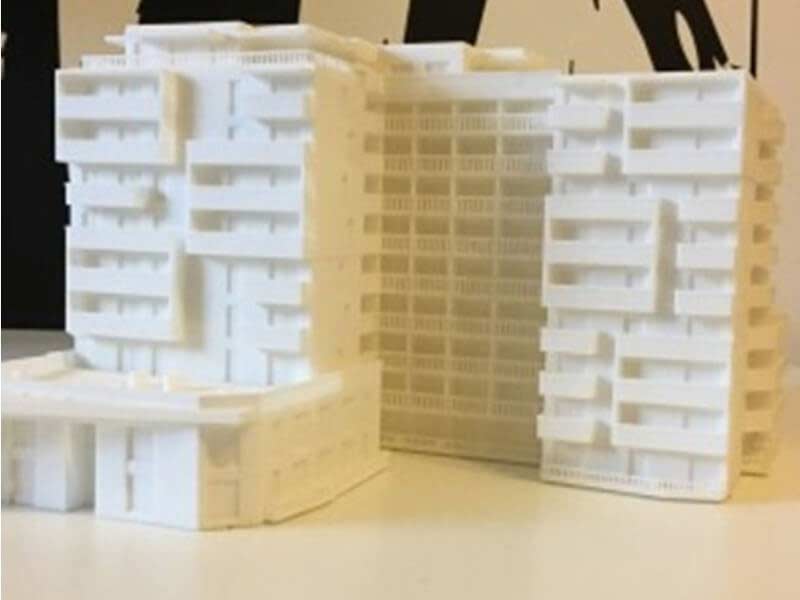
Model made of polyamide (Image from internet)
C 4.3.4: Polyvinyl Chloride (PVC) Sheet
PVC Mirror Sheet is a rigid sheet but it is not as rigid as glass.
It has became a popular choice as an architectural model-making, materials.
Because Mirror Sheet made of PVC resin has shatter proof and lightweight properties.
C 4.4: Wood
Model makers use wood and wood-based products as the most commonly materials.
Some model makers use a wood drying kiln to ensuring stable, high-quality materials for wooden model building.
The following are the introduction of some frequently-used woods.
C 4.4.1: Basswood
Basswood is a type of fine-grained strip wood.
And basswood has outstanding work-ability and finishing qualities.
So, model makers use it to make the architectural model of buildings and their interior miniature furniture.
C 4.4.2: Balsa Wood
Balsa wood is a type of hardwood with a nice finish and texture.
Model maker can cut, painted and sanded it easily.
And it is one of the building model-making materials to make the structure and the framework of the buildings.
However, it is fragile and this condition usually leads to material wastage.
Also, some people consider, the slotted surface of balsa wood unappealing.
C 4.4.3: Medium-density Fiberboard (MDF)
MDF is similar to thick cardboard. It has smooth edges, natural color and it is easy to work with.
However, this material is relatively dense and heavy.
Considering the total weight of the architectural model and its stability. So, model makers use MDF for the bases of the model.
C 4.4.4: Cork Flooring
Cork flooring provides a feeling of nature.
So, it is good for making landscape models such as models of hilly places.
Model makers also use it as a solid base, but better with other materials for its soft and cushion surface.
On the other hand, disadvantages to be aware of are:
- Cork flooring is susceptible to damage.
- It needs sealing work to protect it against water stains and other damages.
- It may decolorate if exposed to the sun for a long time.
C 4.5: Paper
C 4.5.1: Cardboard
Cardboard is a common model-making material.
Many architectural models use cardboard to show roads, pathways, and certain terrains by building them up in layers.
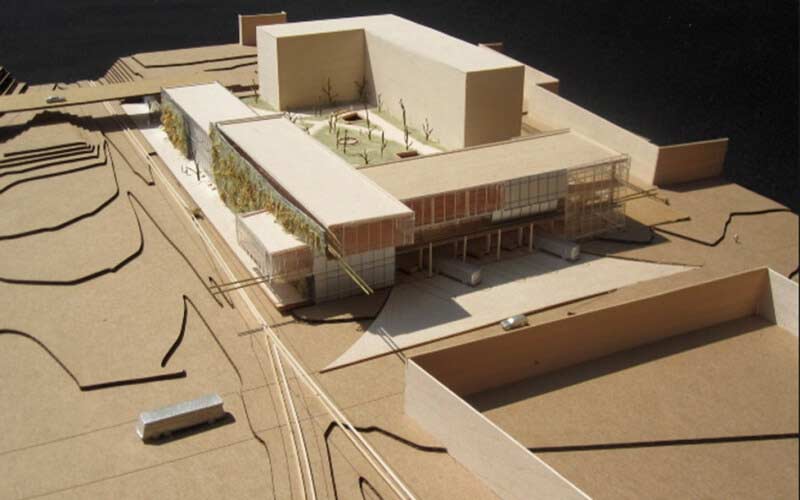
Architectural Model made of Cardboard (Image from internet)
It is inexpensive, portable, recyclable and exceptionally flexible.
It is easy to use without the need for special equipment during the production and installation process of the model.
C 4.5.2: Kraft Board
When making the large-scale architectural models, a kraft board is an ideal model building material.
Because kraft board models are meant to present the relationship between the building and its surroundings.
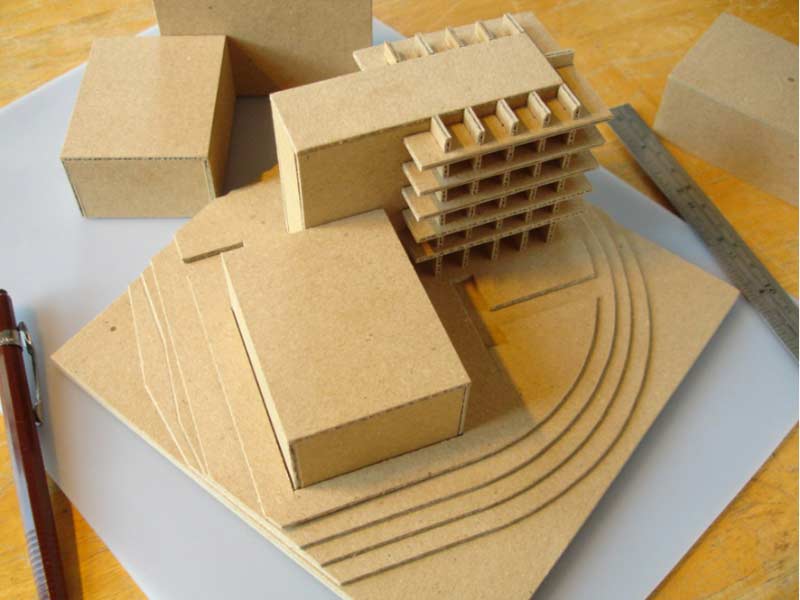
Architectural model made of kraft board (Image from internet)
Normally, it is not easy to cutthe kraft board cleanly and cannot make the edges to look 100% smooth.
Therefore, an architectural model made of this material has a very strong structure.
C 4.6: Foam
Foam is extremely useful to make mass and study models.
The commonly used foams are styrofoam, compressed foam board, and blue foam.
Thus, model makers widely use compressed foam board as a model base or to make models.
Blue foam always is a best choice to shape sculptural form.
You can paint the surfaces of the foam with any kinds of water-soluble paint.
C 4.6.1: Insulation Board
Model makers use it to make concept models.
And insulation board usually comes in several colors, gray, pink, and brown.
The brown one is rougher and looser, so model makers prefer it for site models.
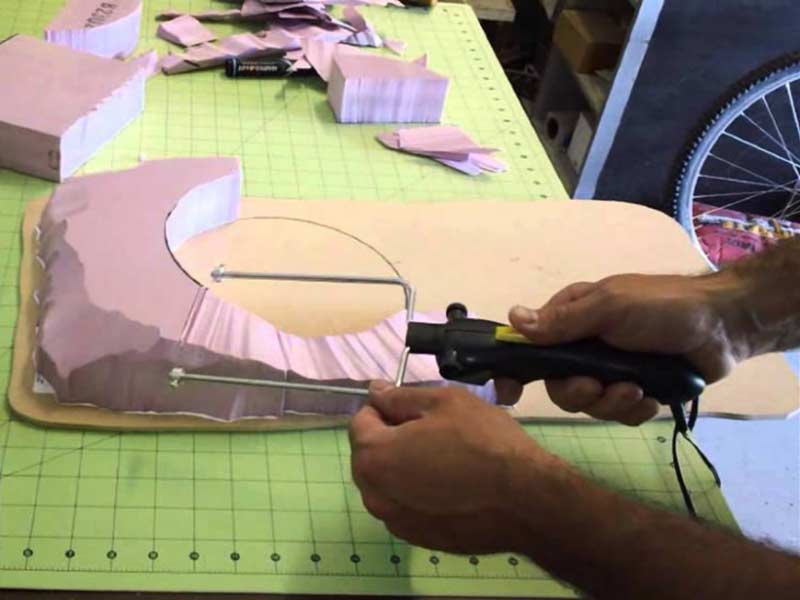
Insulation board is light and easy to cut.
Architects choose lightweight insulation boards for small-scale structures like streets, but the material’s fragile edges require careful handling.
Nevertheless, the architectural models made by insulation boards are kind of easy to be damaged.
Especially the edges and corners due to the fragility of the material.
C 4.6.2: Gator Board
Different from foam core board, gator board is easier to build and has a smooth finish.
It is an ideal material to make a quick, large-scale construction of an architectural models.
Because it has a lightweight, moisture-resistance surface that is easy to cut with a knife.
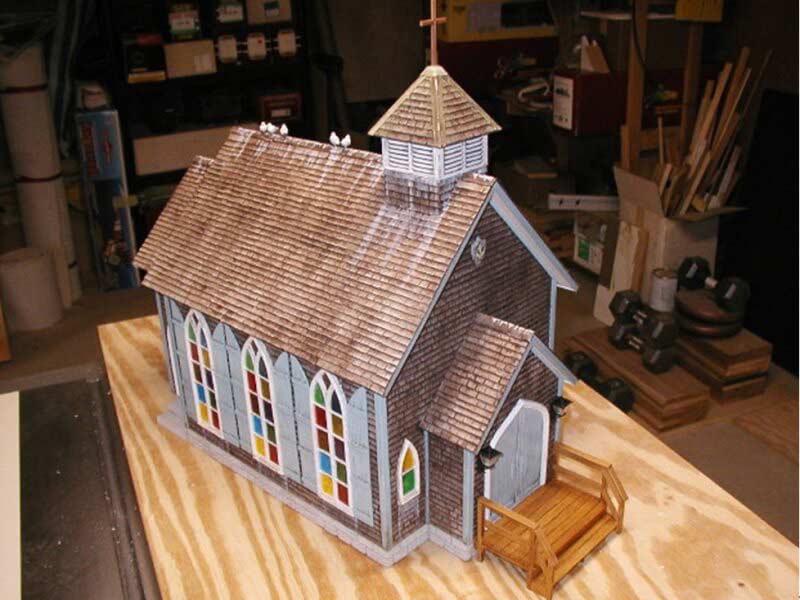
House model made of gator board (Image from internet)
Generally, model maker use gator board as a substrate for displays.
You can also choose it as a base plate for wet materials which require a water-resistant backing while the coating dries.
C 4.7: Glass
Nowadays, model makers are no longer use glass only for window modeling.
Model makers use it to show water or to highlight cut edges as a design element in architectural models.
C 4.8: Metal
Builders use metals like copper and aluminum for facades, frames, and bases. Polishing enhances their appearance, and CNC milling ensures precision.
Model makers often use copper, aluminum, and steel sheets for architectural model making by the CNC milling.
And metal is easy to work with and has a remarkable appearances.
C 4.9: Clay and Plasticine
In the past, clay and plasticize is a good choice to express initial design concepts.
Because these architectural model-making materials are very easy to shape and knead.
Clay used for modeling has a fine texture and is easy to smooth.
Therefore, it is one of the best materials for architectural study models.
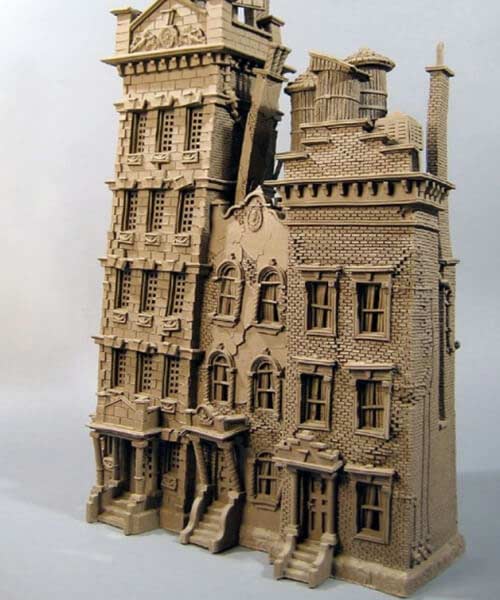
Model made of clay (Image from internet)
Also, rolled into thick sheets, you can also cut clay and plasticize to make walls for large-scale presentation models.
When making the architectural model of buildings, model makers usually represent the openings by cut-out recesses.
You can make other building components in advance and applied to the walls to model elaborate facades.
C 4.10: Model Plant Materials
C 4.10.1: Dark Green Coarse Turf Bag
The primary use of the dark green coarse turf bag is to create low grasses, leaves, and weeds.
Moreover, it can help to add texture and forms a smooth transition from low ground cover to high ground cover.
C 4.10.2: Forest Green Bushes Bag
Generally, model makers use forest green bushes bag to make medium to high ground covers like bushes, shrubs, and trees.
It is also ideal to make medium to large trees and architectural model grass.
You can use model-making material in any scale.
C 4.10.3: Flocking
Flocking is a great base model-making material commonly been used to represent architectural model grass and low foliage landscapes.
It seems to be an easier route than the static grass.
C 4.11: Scenery Elements
Scenery elements are the ready-made components which of architectural models.
These include miniature doors, windows, skylights and other building parts such as furniture, figures, vehicles, model trees, and other elements.
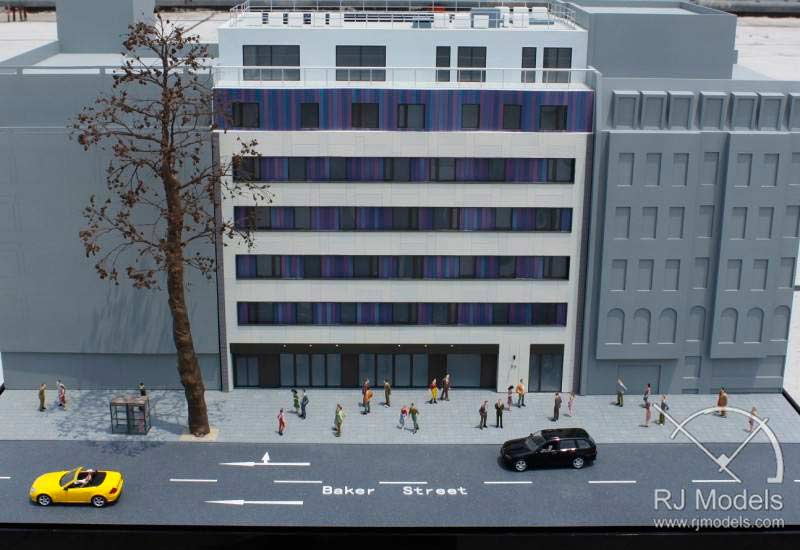
Scenery elements like figures, vehicles, trees
Because these products add life to architectural models and offer the clients a comparative sense of scale.
C 4.12:Conclusion of Materials for Architectural Models
Modern and contemporary architectural models are diverse in terms of model building materials and their purpose.
Thanks to the diversity of colors, strength, and workability of many materials.
Modern materials’ varied colors, strength, and workability make architectural models indispensable for visualizing 3D designs.
How to choose the scale of architectural models
C 5.1: Choosing Architectural Model Scales
You can recognize the scale models as a necessities for the architectural profession.
There are many different scales of architectural models.
Generally a physical architectural model is usually reduced in scale compared the actual building size.
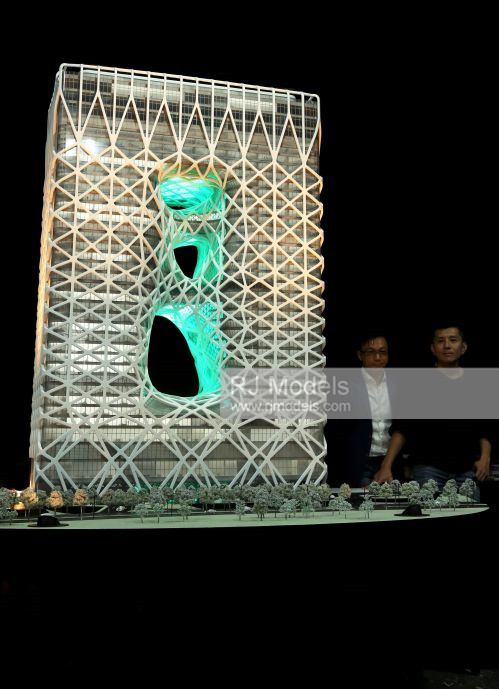 Scale architectural models in 1:80, City of Dream by Zaha Hadid
Scale architectural models in 1:80, City of Dream by Zaha HadidWhen making architectural models, the relative proportions need to be the same as the real architectural objects.
Choosing a proper scale before making an architectural model is very important.
Because it will have an effect on the architectural models and so it will impact its cost as well.
The following are some key points that may help to decide what scale to use on an architectural models.
C 5.2:Purpose-Driven Scaling
Generally, you can make architectural models depending on the needs of representation.
In other words, the overall purpose of choosing the right scale is to make the model look as convincing as possible.
Clients should clarify the project phase needing representation.
So, you can use working architectural models for design improvements and modifications.
And model maker use the presentation widely in the final design stage of a design project.
C 5.3: Considering the Conditions and Costs of Architectural Model
C 5.3.1: Viewing Experience
Firstly, the location on which architectural models will be presented is another important thing to be taken into account.
Ensure models have adequate viewing space in exhibitions while avoiding an overly sparse display.
C 5.3.2: Transportation
In some cases, you have to move the architectural models frequently from place to place.
The scale and weight of the models are then especially important.
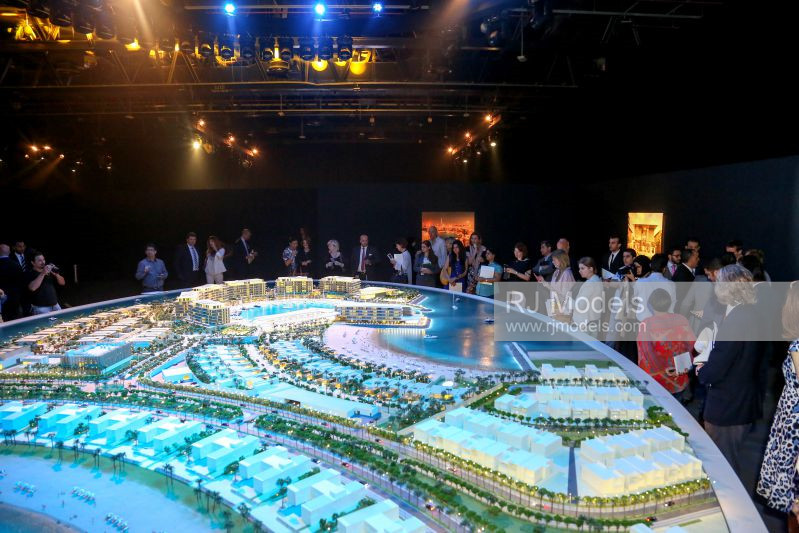 Architectural models for marketing should fit well into a marketing suite.
Architectural models for marketing should fit well into a marketing suite.
C 5.3.3: Budget and Deadline
Budget and project deadlines are also a big issue when deciding the scale of architectural models.
Because a detailed architectural model requires a relatively longer producing time and higher cost.
C 5.4: Selecting the Scale and Size
Scale dictates the level of detail that can be presented.
Large-scale architectural models have a highly visible level of detailing.
The smaller the scale indicator number, the larger the model, and this means you can illustrate more detail.
In addition, lots of scenery elements are pre-produced by the industrial factories.
Therefore, you should consider whether the scale selected will match the standard scales in the modeling industry.
C 5.5: Common Scales of Architectural Models
C 5.5.1: 1:1-25 Product Model, Interior Model
1:1 to 1:10 architectural models are not very common to see in the architectural model-making industry.
Basically, architectural model makers only manufacture these big scale models when the clients have specific needs.
Life Sized Model
Model makers call the 1:1 scale model as a life-sized model.
You can use these detail models as presentation models to show pretty much the same detail as the actual products.
Model makers make life-sized models for particular needs.
For example, sometimes the real object is really heavy and not easy to transport, therefore a life-sized, lightweight model is required.
Product Model
The product model comes from the design of objects such as furniture.
The conventional scales of product models are 1:1 to 1:10.
Model makers always use these product models for desktop display of cars and motorcycles.
Interior Model
1:5 to 1:25 scale interior model is great for representing a lot of realistic details inside a building.
Interior model can represent well the room layouts, selections of furniture, miniature people, and other detailed components.
Generally, not many interior models are made on this big scale.
-
1:10-50 Facade Model, Section Part of Model, Interior Model
Facade Model
Sometimes, you need a facade model to show the unique design of the exterior wall or the entrance.
It is a very authentic representation of several exterior design elements especially the building material, the windows and the doors.
In other cases, model makers create facade models for exhibitions.
These architectural models are a very good expression of different architectural styles throughout history.
Interior Model
The interior model is a perfect tool for real estate developers to attract potential home buyers and investors.
The 1:10 to 1:25 scale interior model is a good representation of the designed interior space.
Because, it offers a real spatial situation to the viewers.
In most cases, the roof of the building can be removed to show the interior design.
And a large-scale interior model is usually fits in a ‘blank box’ with the ceiling being removed.
-
1:50-300 Interior Model, Building Model
Section Model
The section part of a model provides an internal view of the model by exposing the construction details.
So you can view the structure, foundation and other important features clearly.
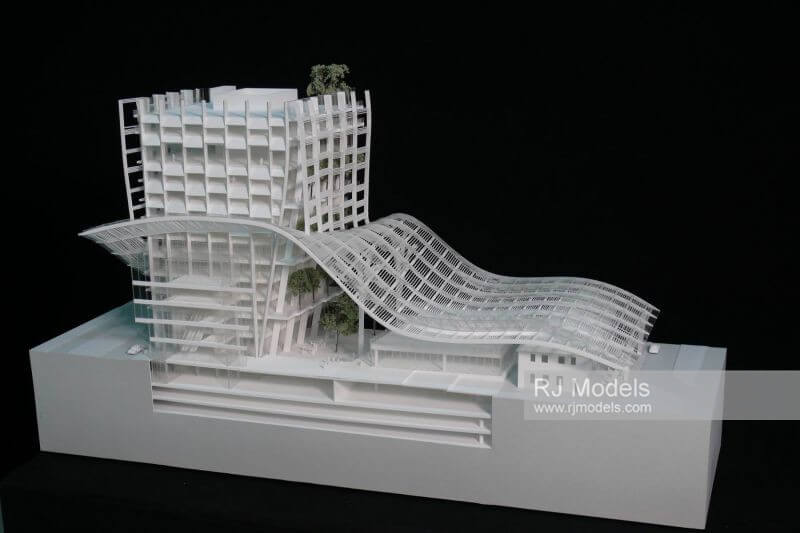
1:150 scale section model
1:50 to 1:150 is the most popular scale for a section model.
The section part of the model is usually used to present the structural and spatial qualities of architectural design.
Layout Architectural Model
The 1:50 to 1:100 scale layout model allows you to see the layout of the rooms on each floor.
That way, the design and layout arrangements of the interior space can be made visible.
Model makers use these architectural models extensively by real estate developers to sell houses.
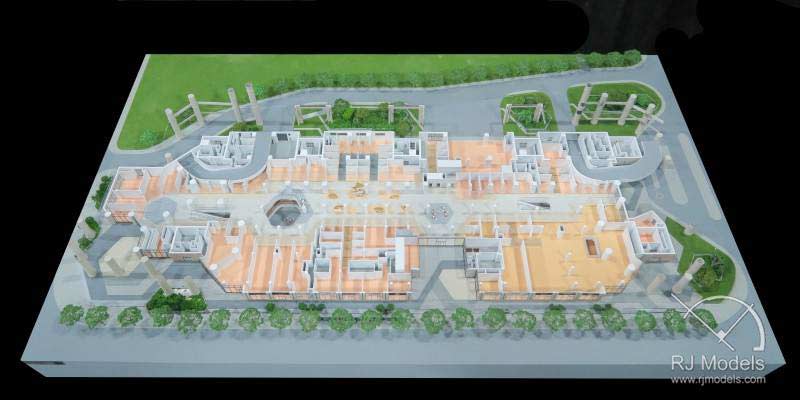
1:50 Scale Layout Model
Building Model
The most widely used scales for building models are 1:100, 1:150, 1:200 and 1:300.
The balconies, windows and detailed building facades, etc can be shown at these scales.
You can represent the buildings’ facades well when using these scales.
And the biggest scale may be a better choice if specific detailed elements of the building need to be shown,
-
1:300-1000, Building Model, Site Model
Building Model
A 1:300 to 1:500 scale models give people a better understanding of how buildings fit to the site and their surroundings.
It also allow people to see the building floors and the internal structure.
Building models are very authentic representations usually displayed in the reception area of home, selling office.
Site Architectural Model
You can see many site architectural models for real estate fairs.
And the most commonly used scale is 1:500 and 1:1000, it is portable and is useful for exhibitions.
Site models are ideal to give a perfect overview of the site layout with a recognizable level of detail.
-
1:1000-5000, Site plans, City Planning Model, Islands.
Site Architectural Model
For a particularly large site, you might need a smaller scale architectural model.
The primary purpose of a site plan model is to represent the essential idea of the design.
Another use of the site plan model is to show the relationship between the project’s site and its surroundings.
Compared to larger-scale models, small-scale architectural models are much faster and easier to make.
Site plan models contains massing representing buildings, road network, greening and other surrounding elements.
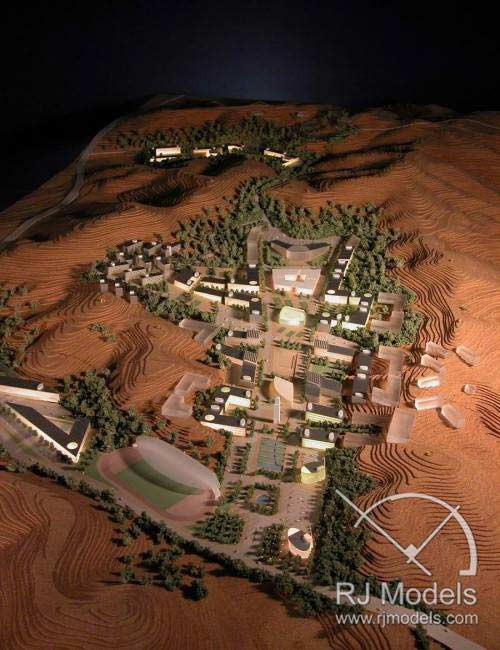
1:1000 Site Plan Model
By showing the overall design concept and the relationship of the existing and new constructions.
And the site plan model is a common illustrative tool for attracting investments.
City Planning Architectural Model
The city planning model is usually made on a really small scale to represent the development plan or history of a city.
Local governments use city models to present the new planning proposals or infrastructure to the public.
Model makers use the most widely scales for city planning models are 1:1000 to 1:3000.
You can see the amount of detail is limited because buildings of the model are always fabricated as massing blocks.
By installing illumination systems to the model, you can see the highlighted key sites such as new development zones.
Island Scale Model
The emphasis of the model is on the relationships of the existing natural environment and the addition of new structures.
1:5000 scale island model
You can use island scale models for architecture model exhibition in most cases.
And the LED lighting helps to highlight the special sites of the island.
C 5.6: Conclusion
There are several trade offs in choosing the appropriate scale of architectural models.
Two key factors are the number of details that the client wants to show and the purpose of the exhibition.
Others factors are equally important such as the budget, the deadline, the mobility, and the functionality of the architectural models.
Having a well understanding of the model scale will offers a very clear demonstration of the architectural model projects.
Conclusion of Architectural Models
It can examine and express architectural designs as well as to fascinate the public during exhibitions.
Relatively advanced model-making techniques are coming out to enhance the functions and aesthetics of architectural models.
Also, there is a great need to know how to maintain architectural models to optimize their value-in-use.
The use of architectural models is at the peak of its history and it will continue to develop.
Therefore, architectural designers not only use scale model to present and communicate their design ideas.
Moreover, it also bring a building, or a complex, to life off the plan.
Our vision is providing the top quality 3D scale models to everywhere in the globe. Contact us now and we will reply you within 24 hours.
Contact RJ Models & We can Help You to Grow Your Business.
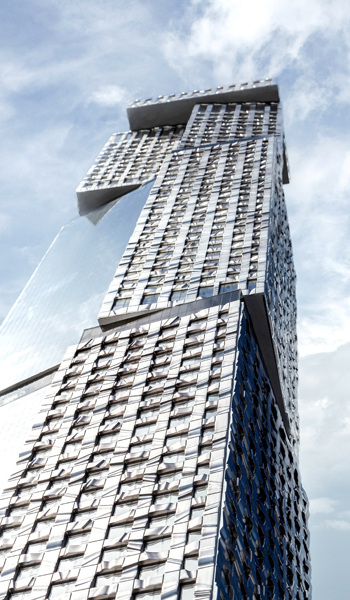

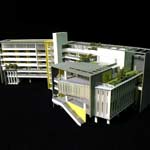
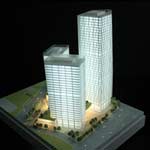
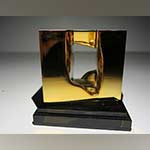
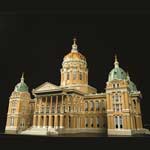
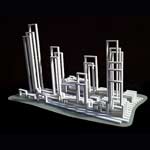
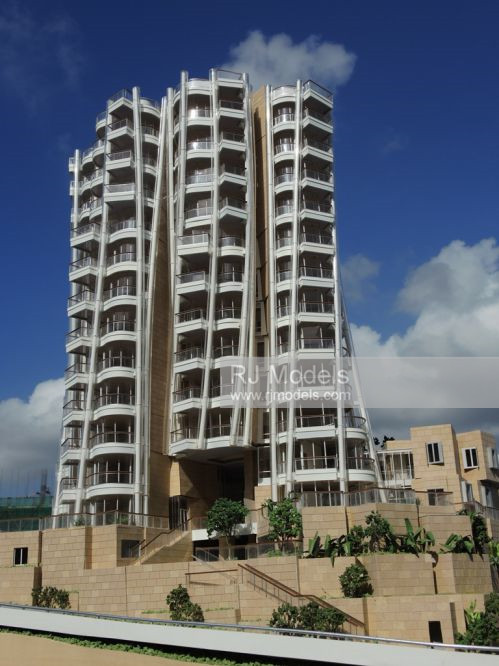
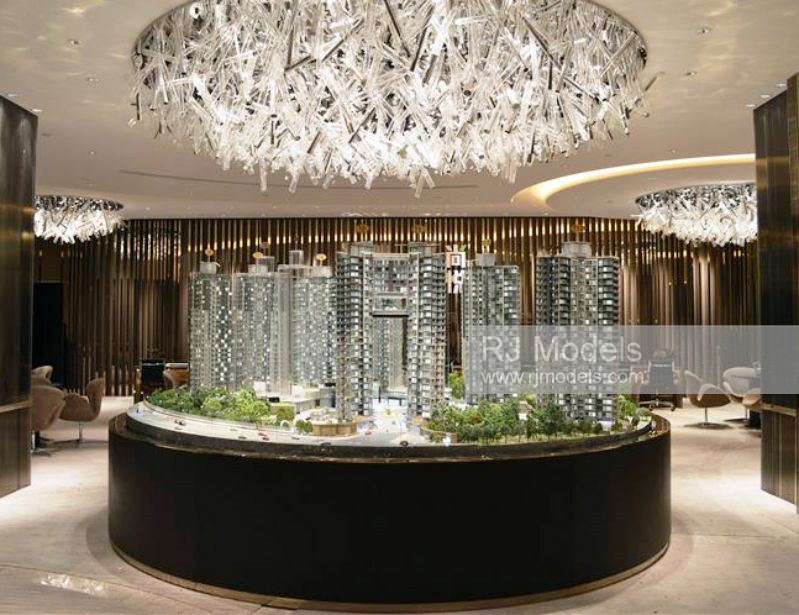
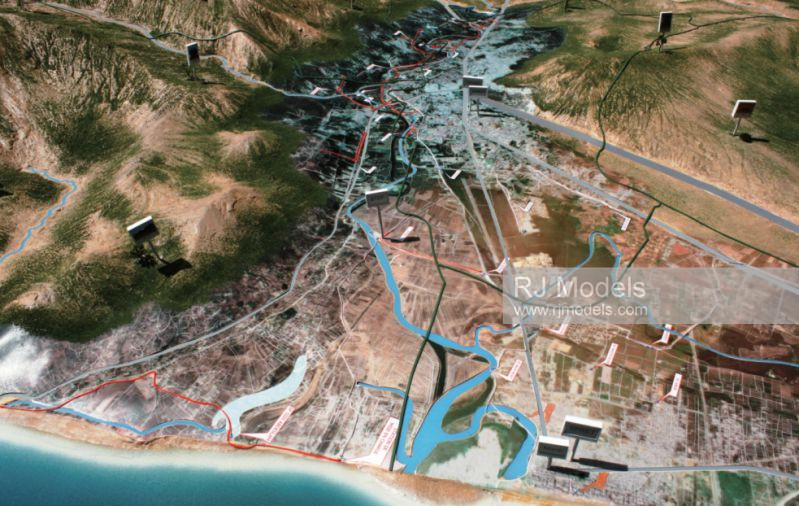
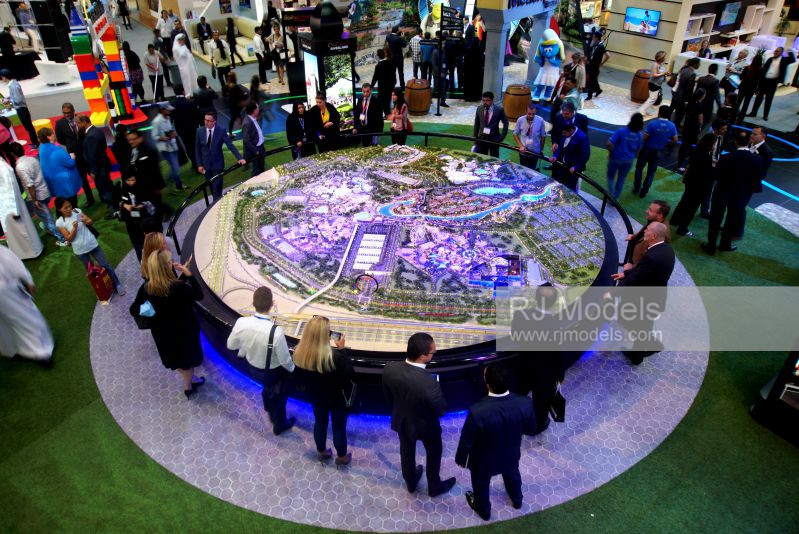
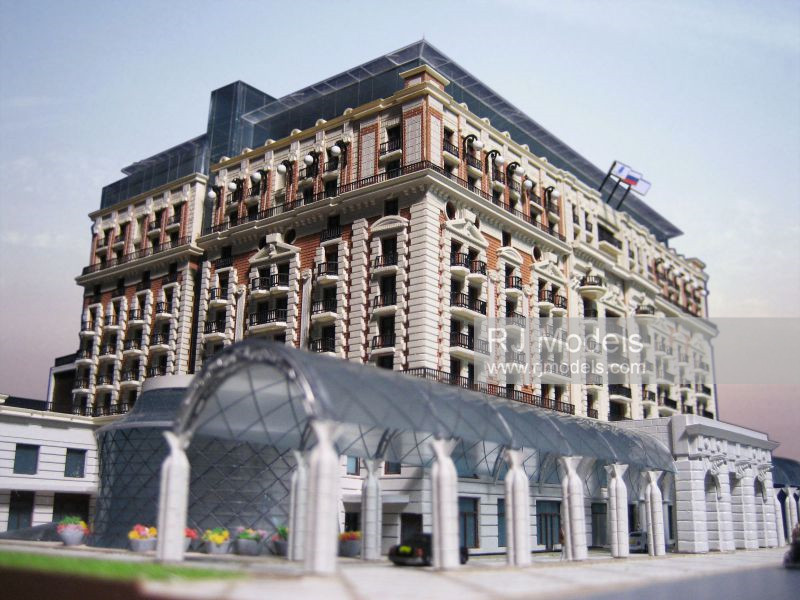
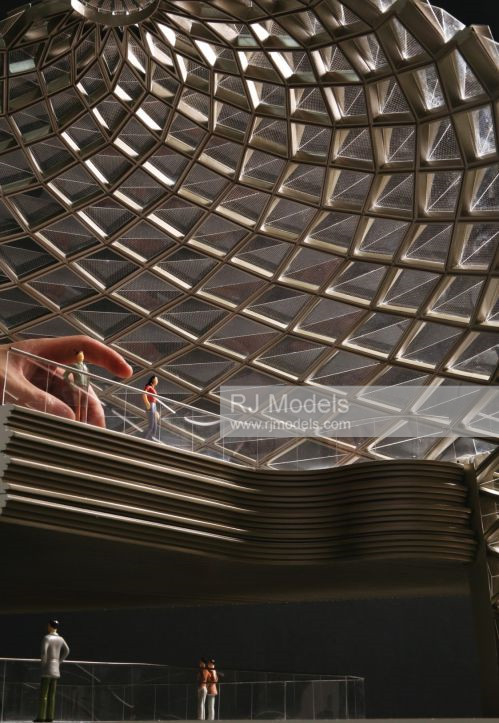
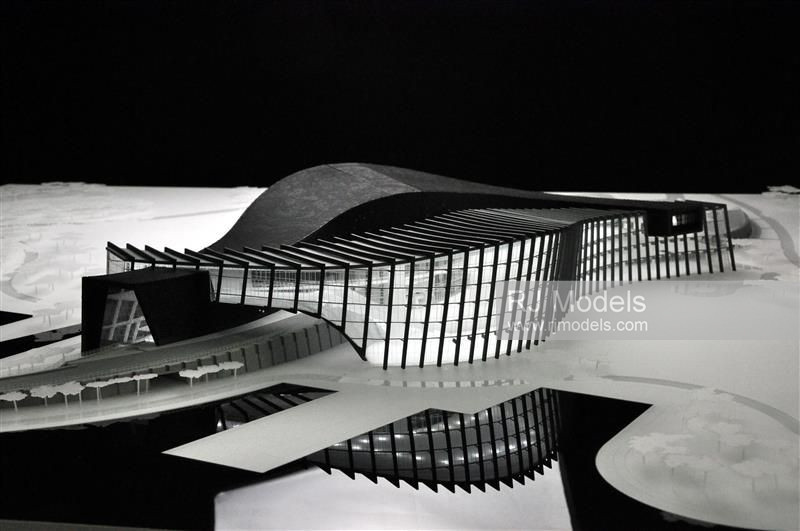
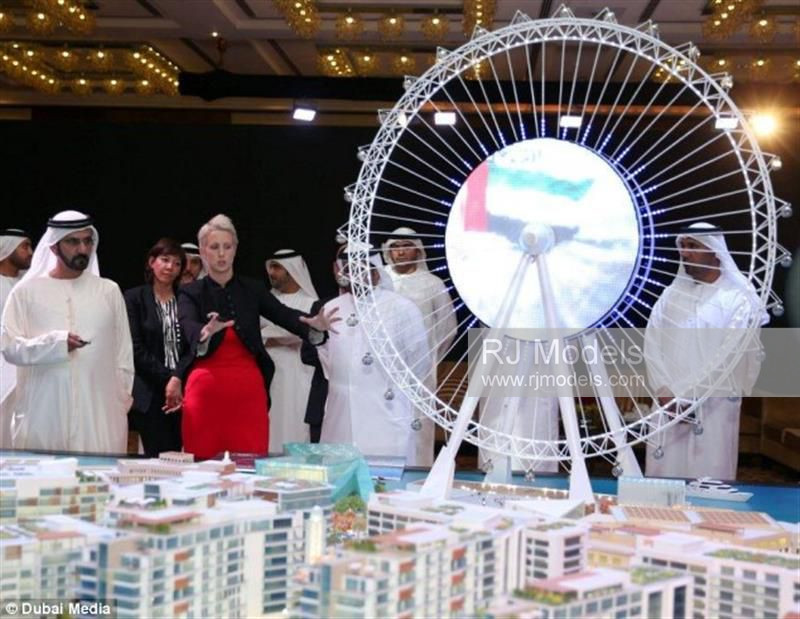
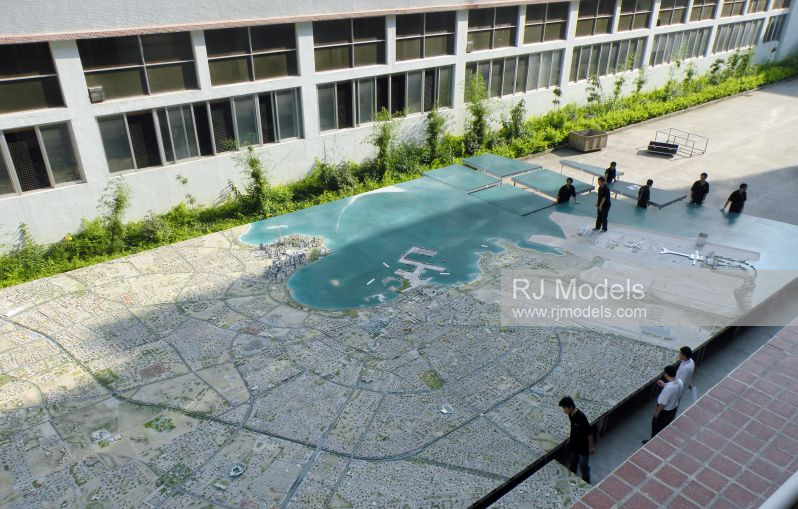
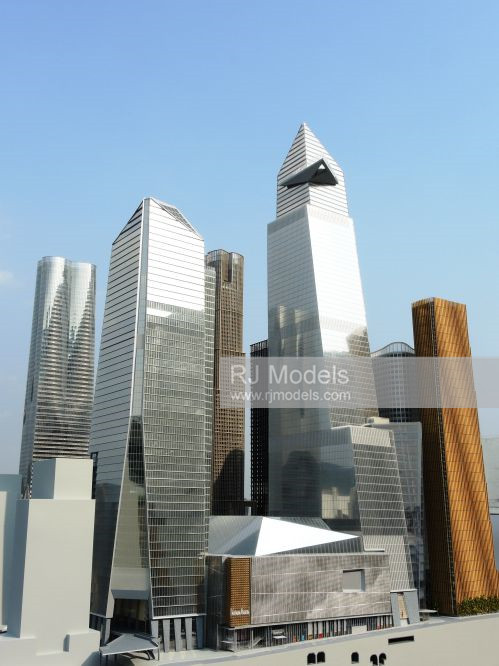
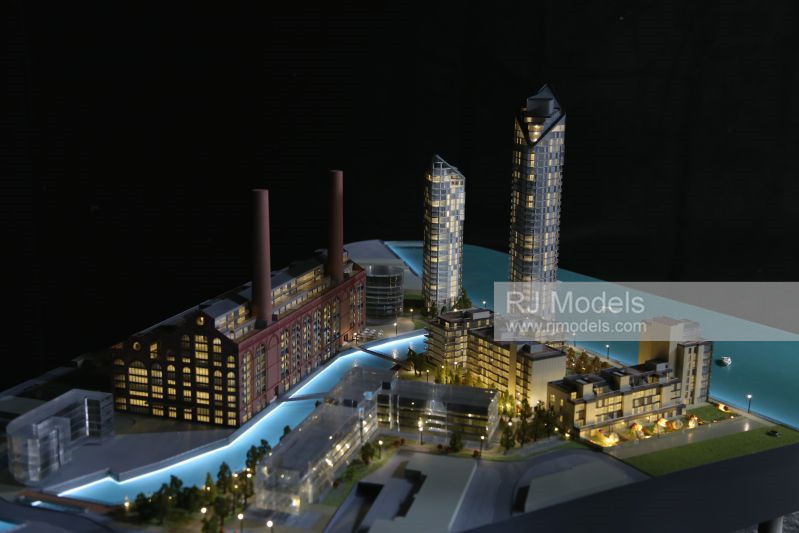
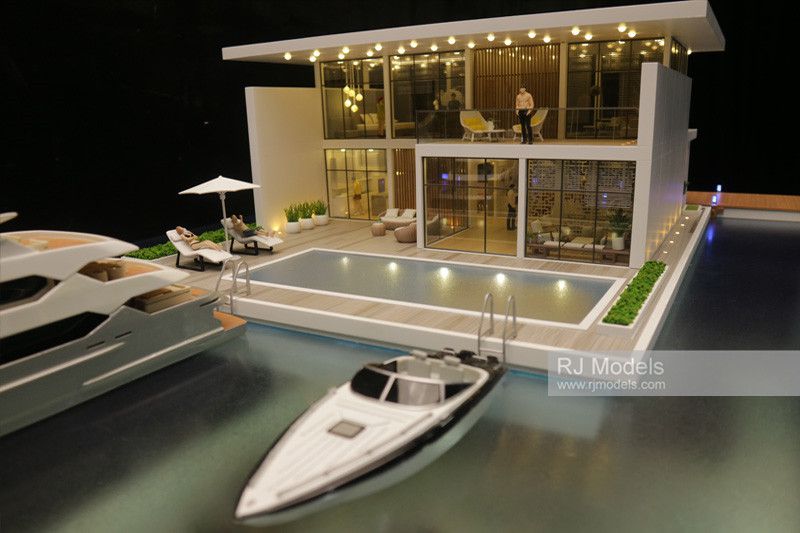
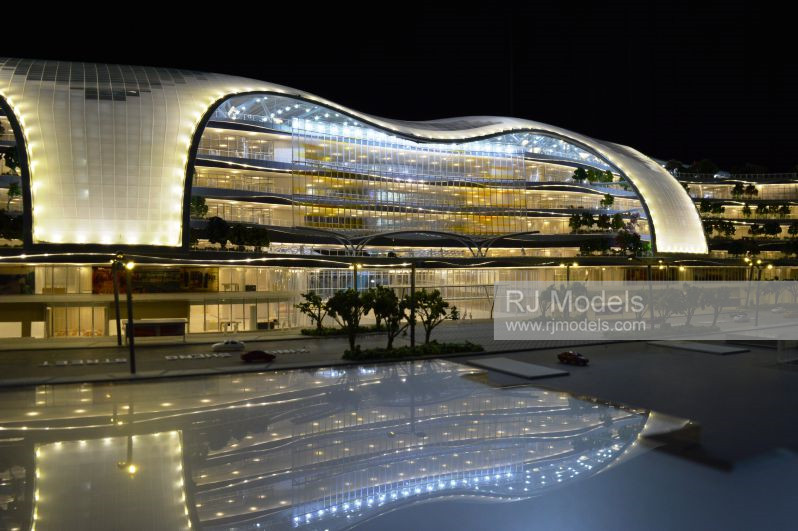
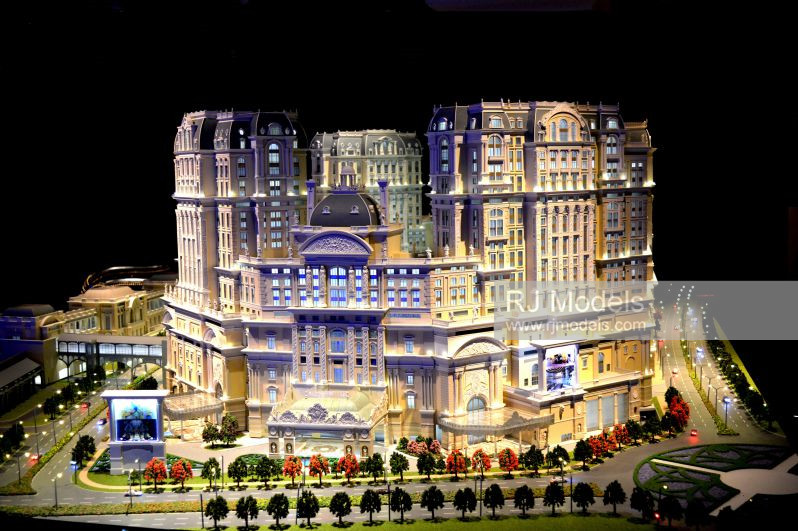
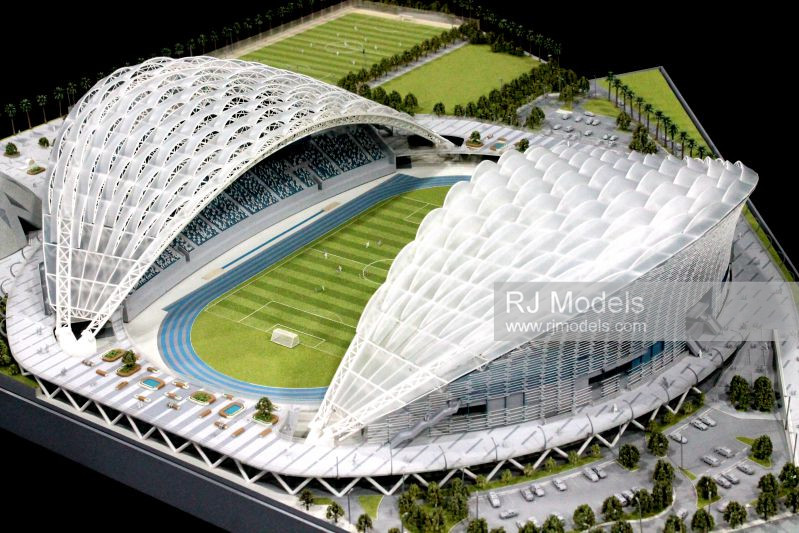
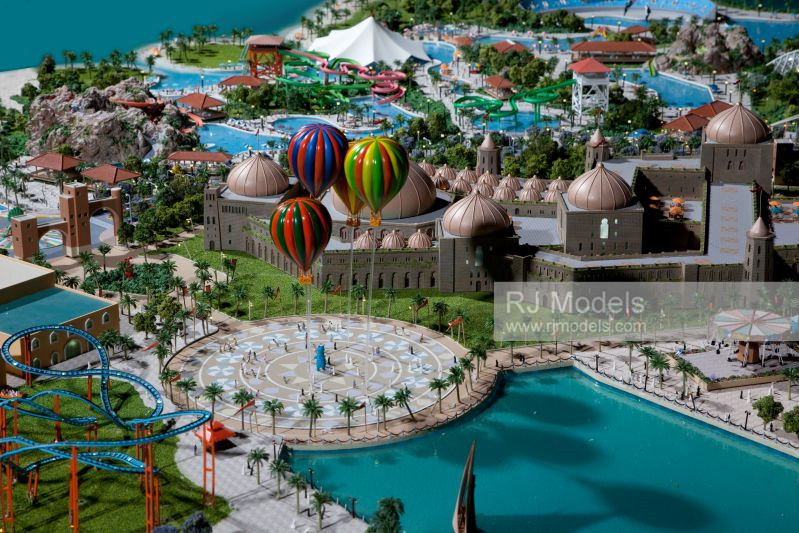
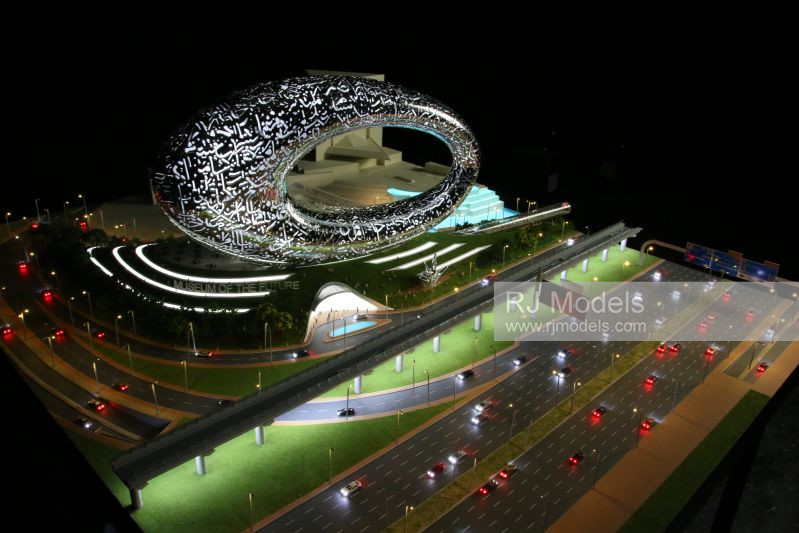
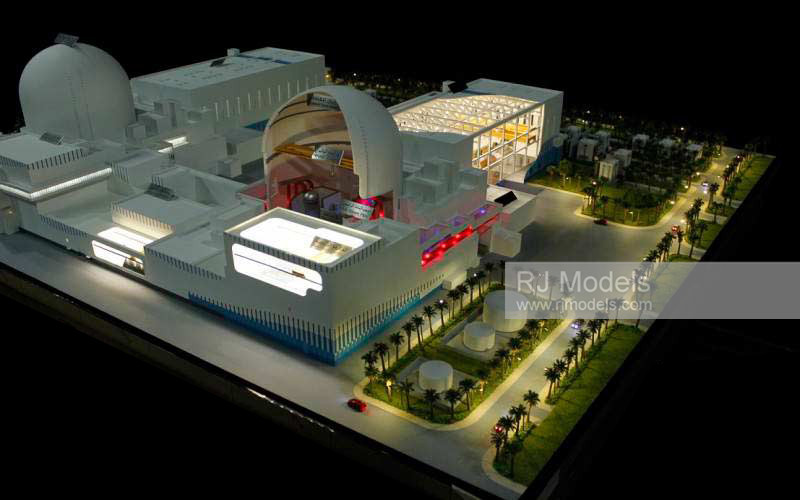
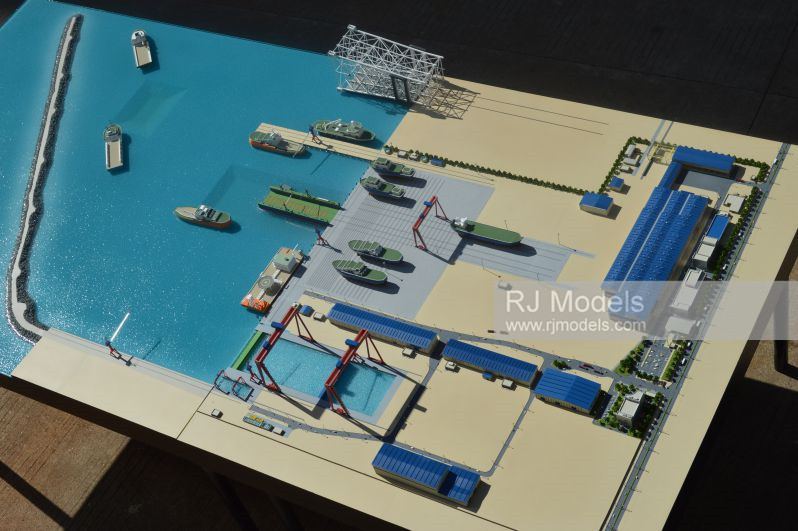
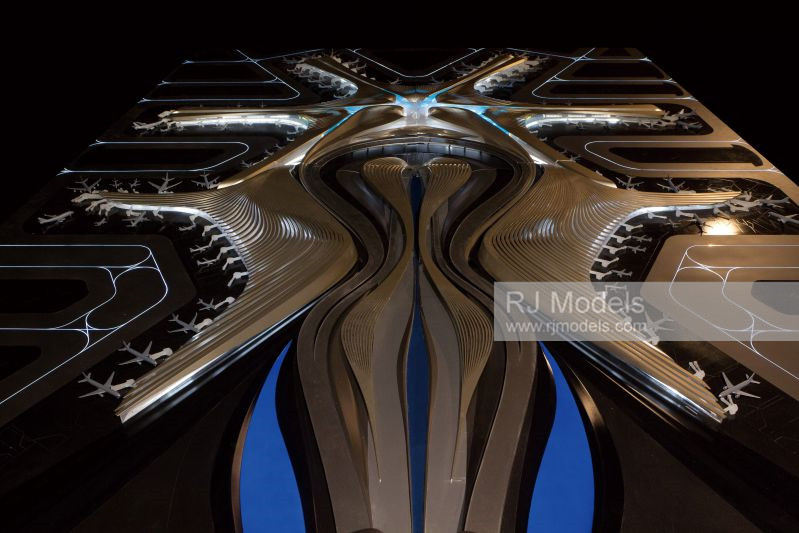
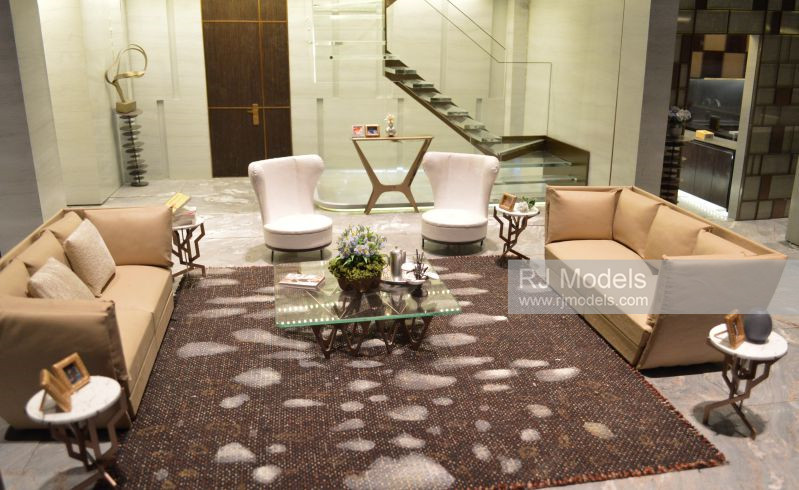
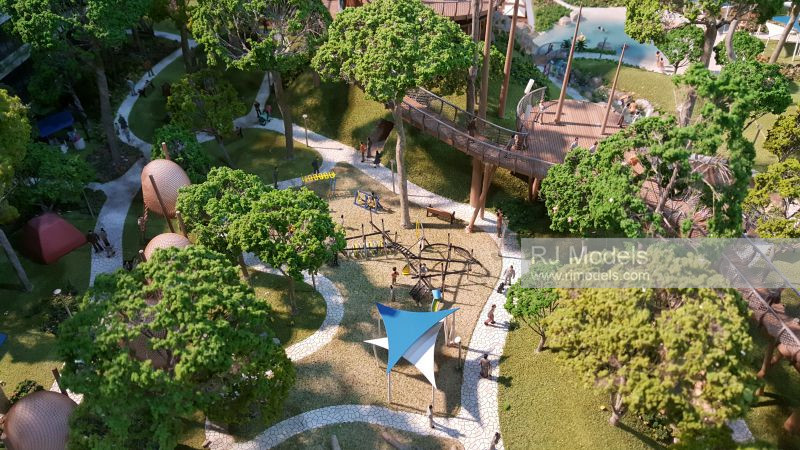
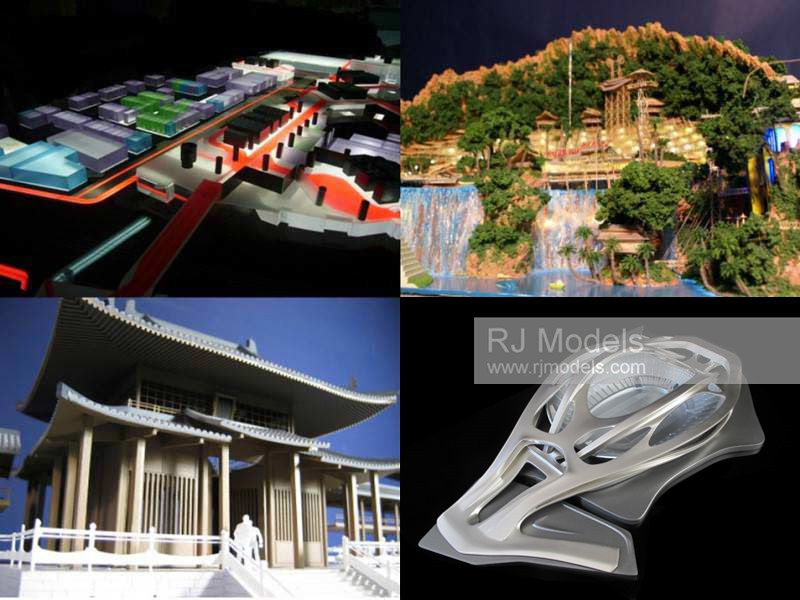

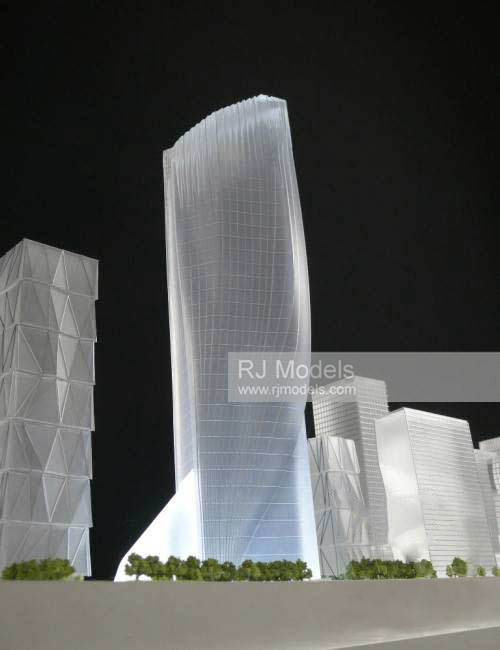
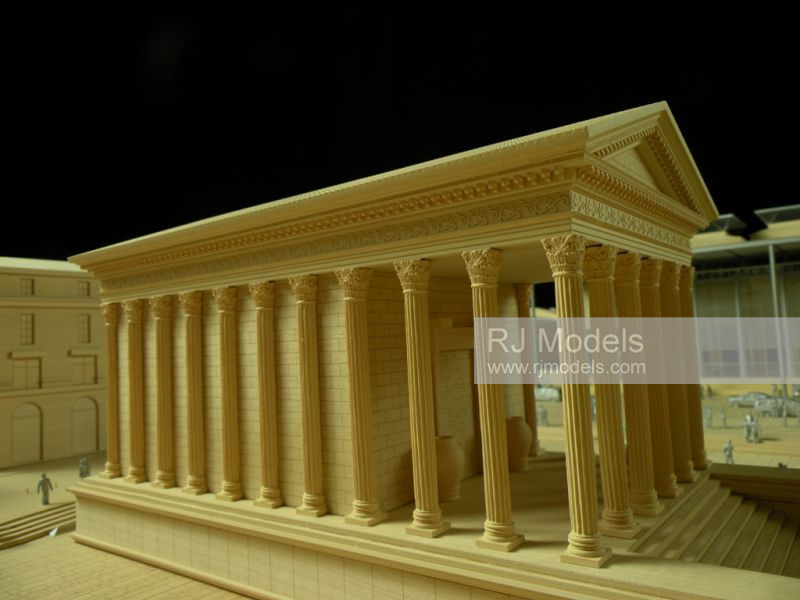
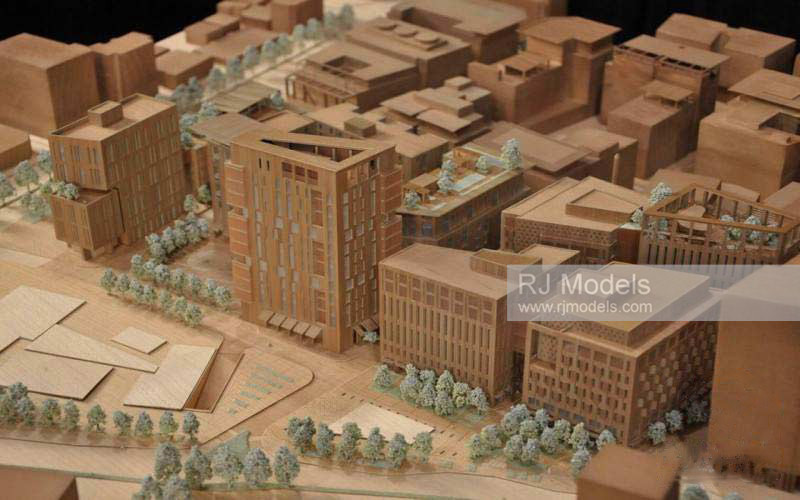
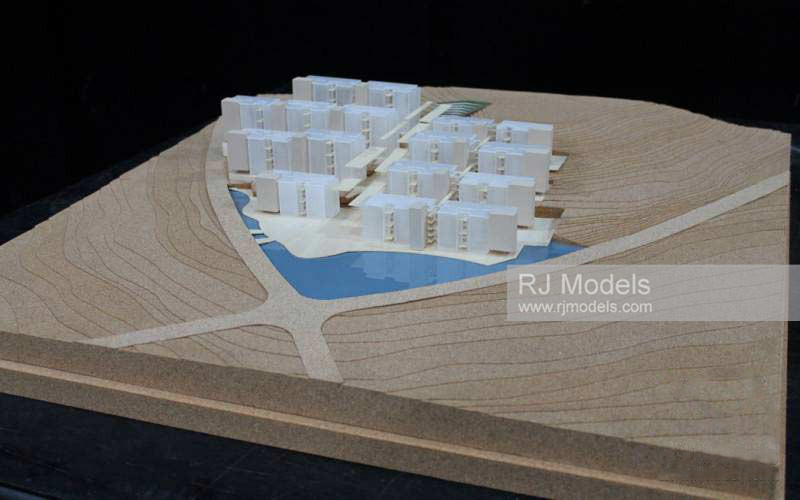
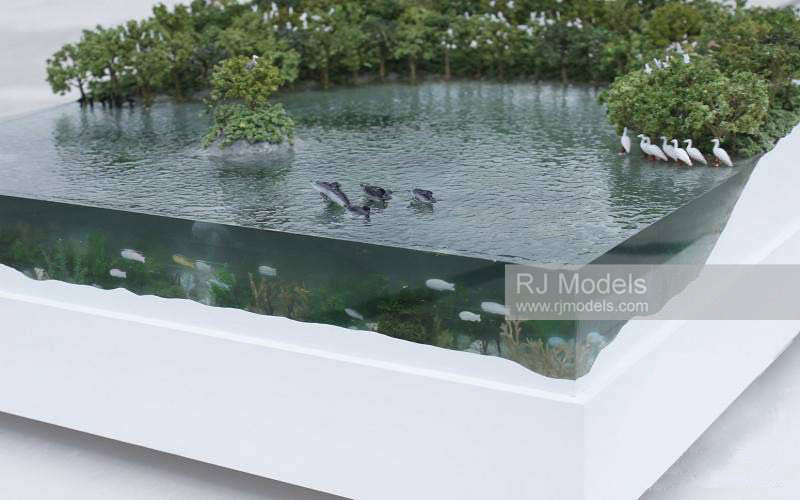
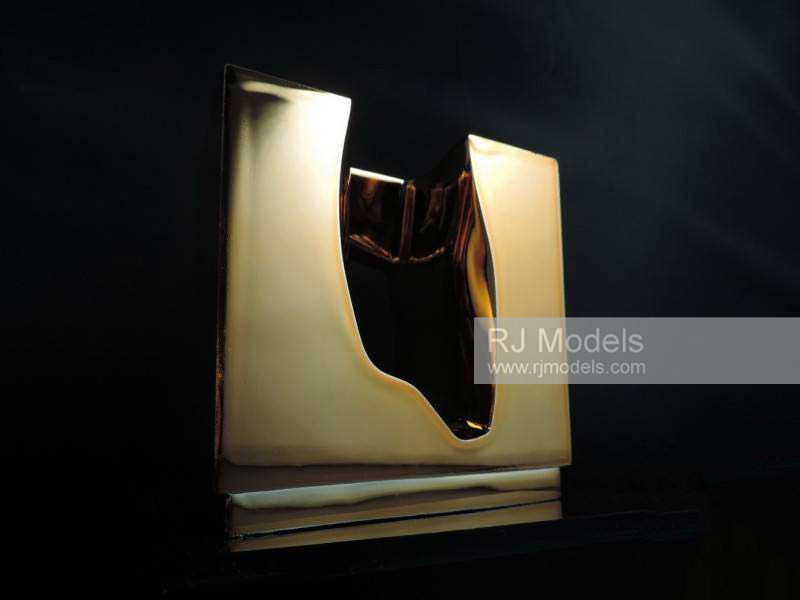
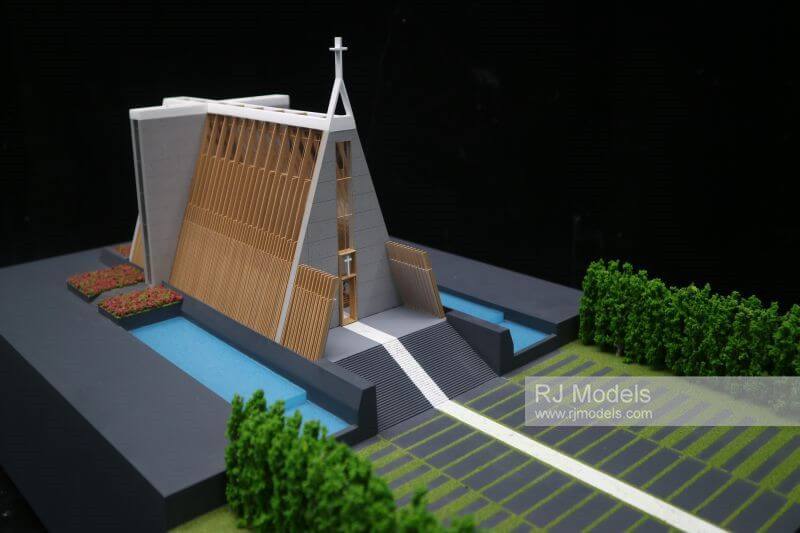
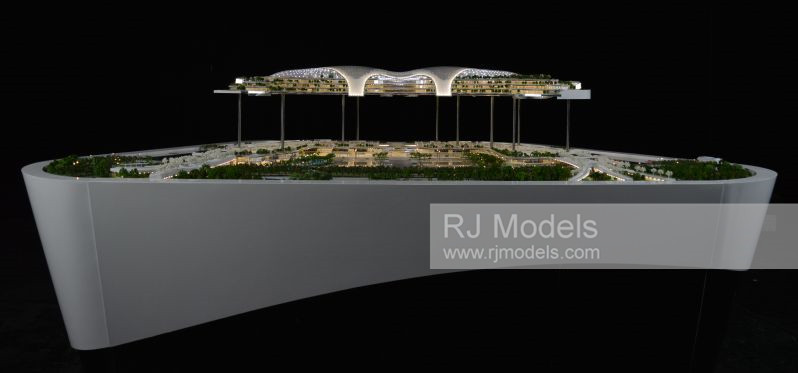
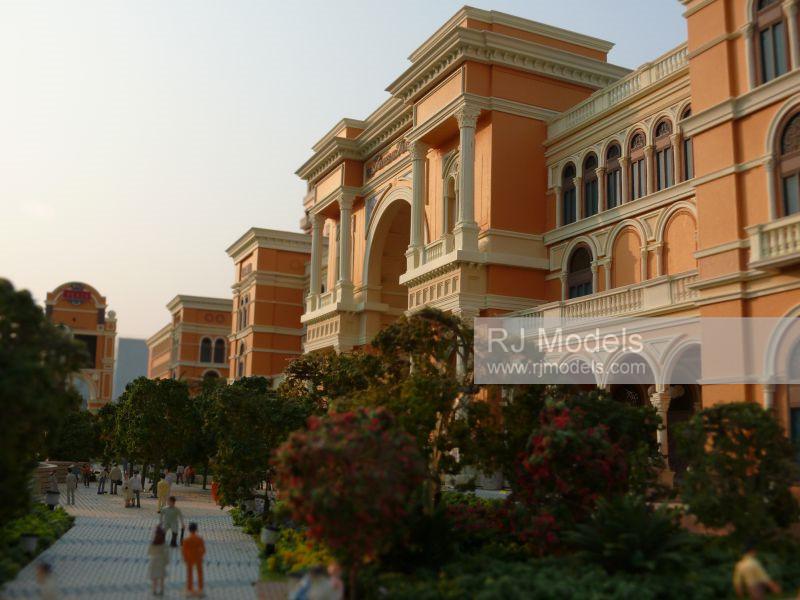
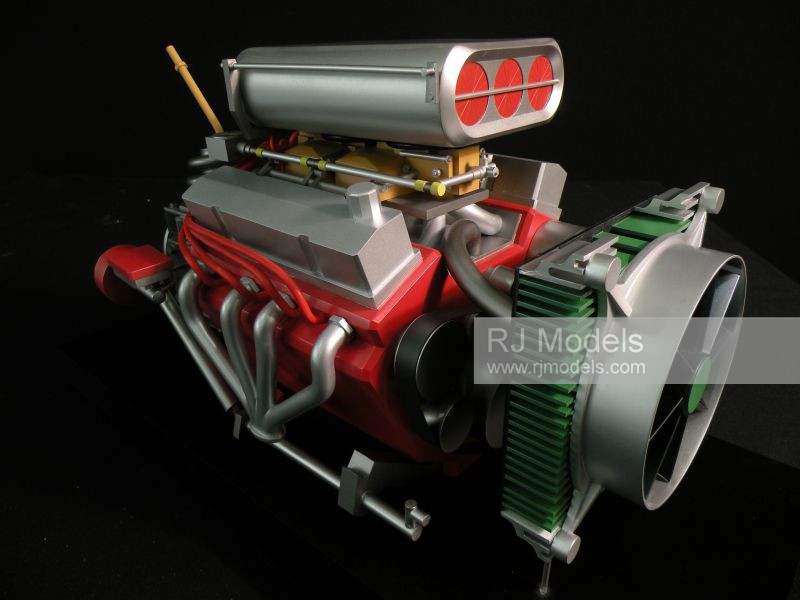
.jpg)
